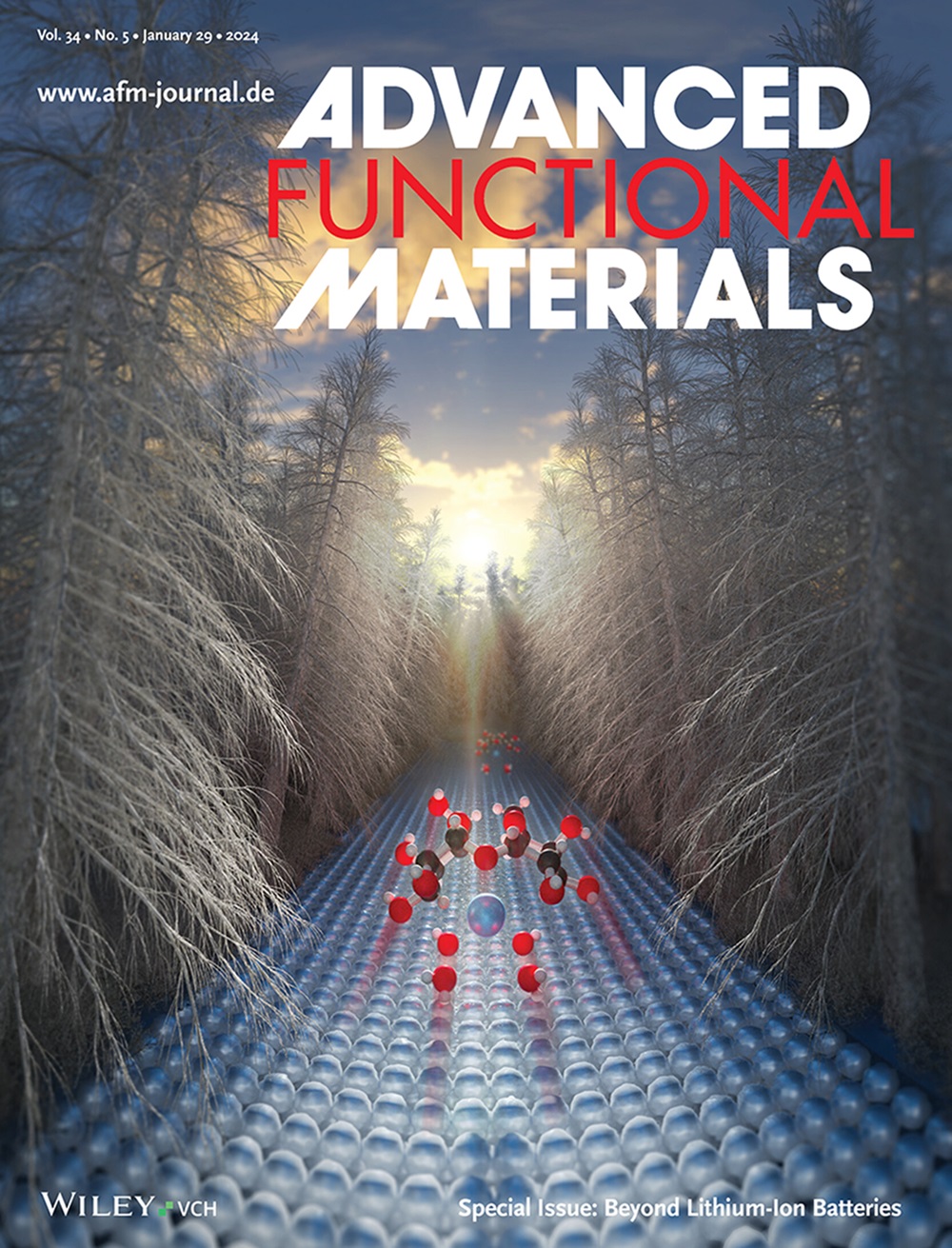Stable, Easy-to-Handle, Fully Autologous Electrospun Polymer-Peptide Skin Equivalent for Severe Burn Injuries
IF 18.5
1区 材料科学
Q1 CHEMISTRY, MULTIDISCIPLINARY
引用次数: 0
Abstract
Severe burn injuries represent a significant clinical challenge due to their complex healing process and the high risk of complications, including infection, scarring, and contracture formation. Current therapeutic approaches for burn wound treatment include autologous donor-site grafting and advanced cell therapy techniques like cultured epidermal autografts (CEA), which successfully facilitate wound closure through re-epithelialization. However, CEAs are limited by fragility, shrinkage, lack of a dermal layer, and risks of contamination. Here, aiming to overcome these limitations, this work develops a personalized skin equivalent featuring an engineered scaffold composed of electrospun poly(ε-caprolactone) (PCL) functionalized with the bioactive peptide fluorenylmethyloxycarbonyl-phenylalanine-arginine-glycine-aspartic acid (Fmoc-FRGD). This scaffold is designed to mimic the natural extracellular matrix (ECM), promoting cellular adhesion, integration, and proliferation while maintaining structural integrity. In vitro analysis demonstrated the scaffold's ability to support multi-layered human skin cell growth, while in vivo experiments confirmed its efficacy in facilitating wound closure and full-thickness skin regeneration in a murine model. This bioengineered skin equivalent is mechanically robust, easy to handle, fully autologous and exhibits no contraction, offering a transformative therapeutic alternative for the treatment of severe burn injuries.

求助全文
约1分钟内获得全文
求助全文
来源期刊

Advanced Functional Materials
工程技术-材料科学:综合
CiteScore
29.50
自引率
4.20%
发文量
2086
审稿时长
2.1 months
期刊介绍:
Firmly established as a top-tier materials science journal, Advanced Functional Materials reports breakthrough research in all aspects of materials science, including nanotechnology, chemistry, physics, and biology every week.
Advanced Functional Materials is known for its rapid and fair peer review, quality content, and high impact, making it the first choice of the international materials science community.
 求助内容:
求助内容: 应助结果提醒方式:
应助结果提醒方式:


